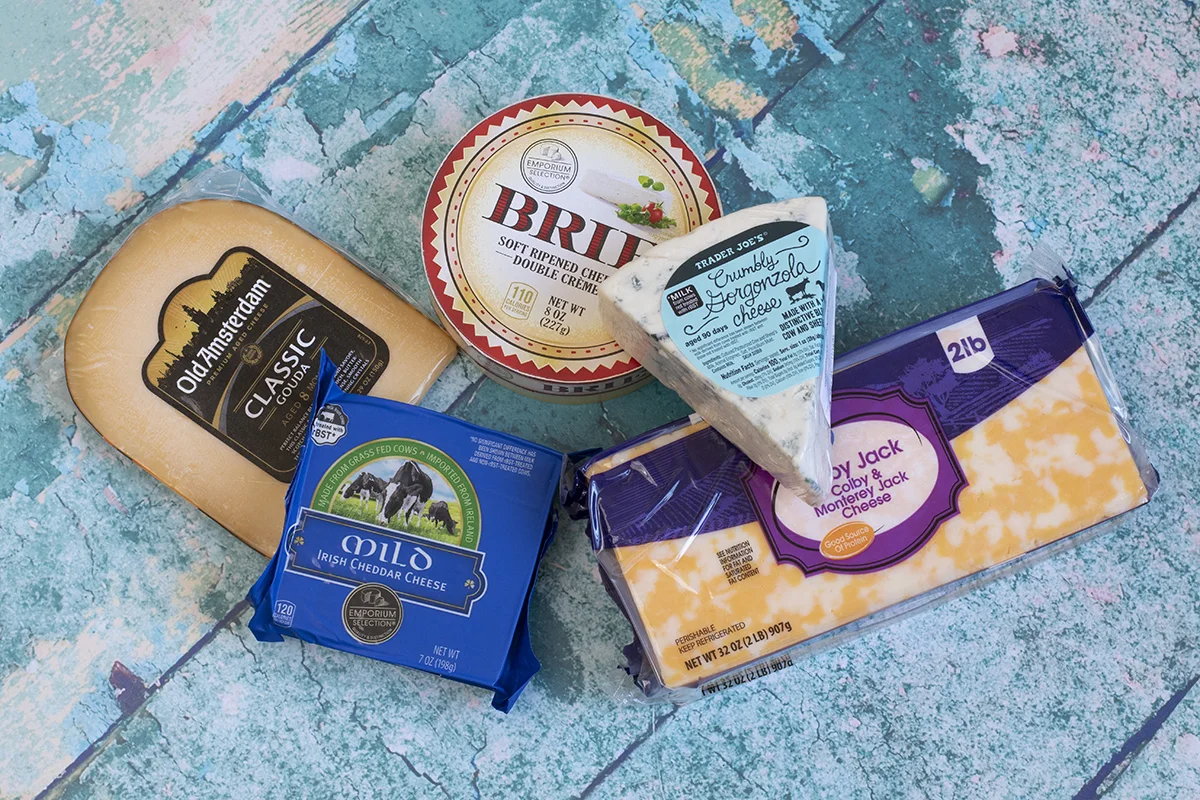
If cheese is an essential food in your life, listen up, for there is more than one brilliant way to store cheese, so it lasts longer. There may even be a couple that you haven’t tried or thought of yet.
Let’s take the following scenario: your favorite cheese goes on sale, and you buy 10 pounds of the delicious, creamy stuff and bite off more than you can chew at once. You know what happens if you eat too much cheese.
So, you take your fill and ponder what to do with the rest.
Well, you have a few options. Freezing is excellent (for some cheeses) if you have sufficient space in your freezer. Vacuum sealing is great if you have the equipment. Storing cheese in brine is easy enough for everyone to try. And dehydrating cheese comes with its challenges, though it allows you to store it for the longest amount of time.
Cheese lovers know that when cheese is involved, there must be a way to make it last long enough to have a chance to eat it before it gets moldy; unless it’s moldy by design. Gorgonzola, Roquefort, Stilton, Blue Cheddar – it’s all good if you love cheese.
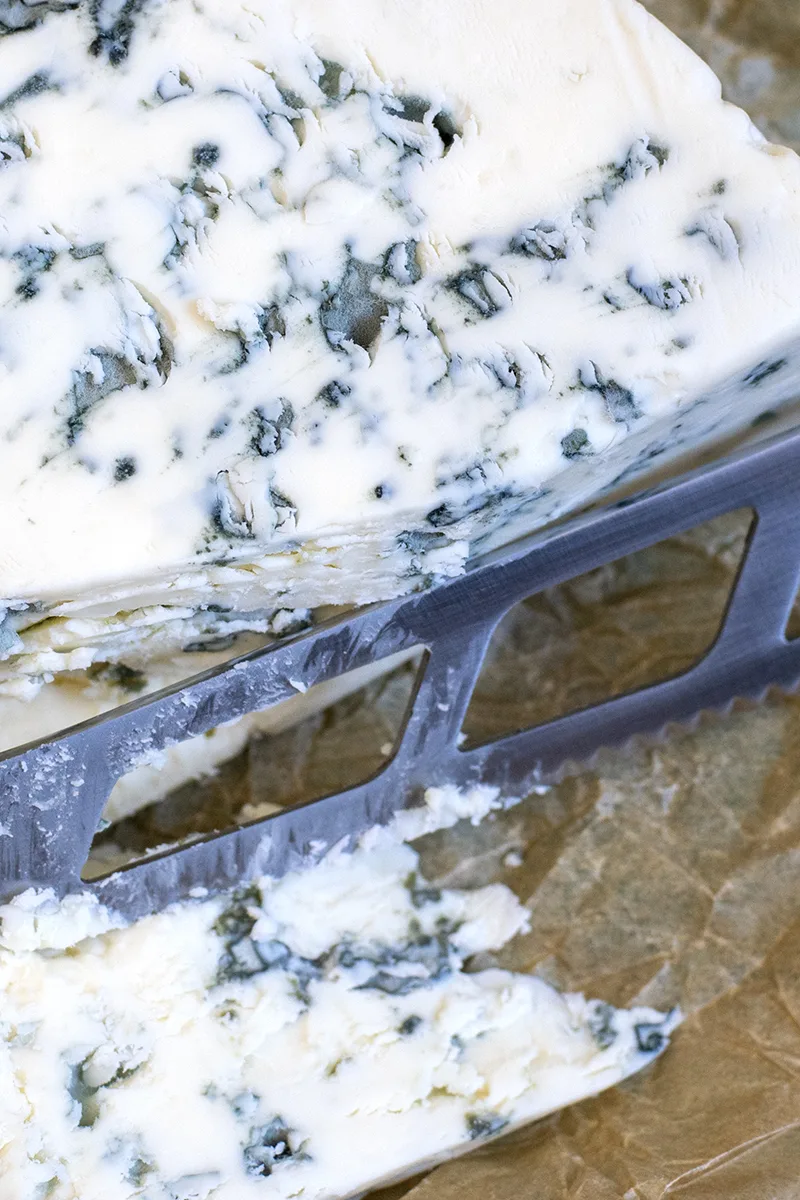
So, let’s start with the basics. Knowing what kind of cheese you want to store is the first step in storing it the proper way.
Different Storage For Different Cheeses
Around the world, it’s said that there are 1,800 different types of cheese, but I’m willing to bet the number is greater than that. If you ate one type of cheese every day, it would take you 4 years and 340 days to try them all.
But we all have our favorites, whether it be Colby Jack, Mozzarella, Swiss, Feta, Provolone, Brie, Parmigiano-Reggiano or the stinky Limburger cheese. And we tend to eat them on repeat, with some variations in there, for the mere pleasure of trying something new.
But not all cheeses can be stored the same way.
Wash Your Hands
The single most important thing you can do to make your cheese last longer is to wash your hands thoroughly before you handle it. Our hands are great at transferring bacteria to cheese which will cause it to spoil much quicker.
Storing Hard Cheeses
Hard cheeses, like Parmesan, are best stored unopened in the crisper drawer of your fridge for about 6-9 months. Consider the expiration date a “best by” date and perform a smell and taste test before adding the grated cheese to your meal.
What happens once the vacuum seal is broken?
Well, whole blocks of Parmesan can also be stored in the fridge, preferably wrapped in cheese paper or a Mason jar, depending on your approach to using less plastic in the kitchen.
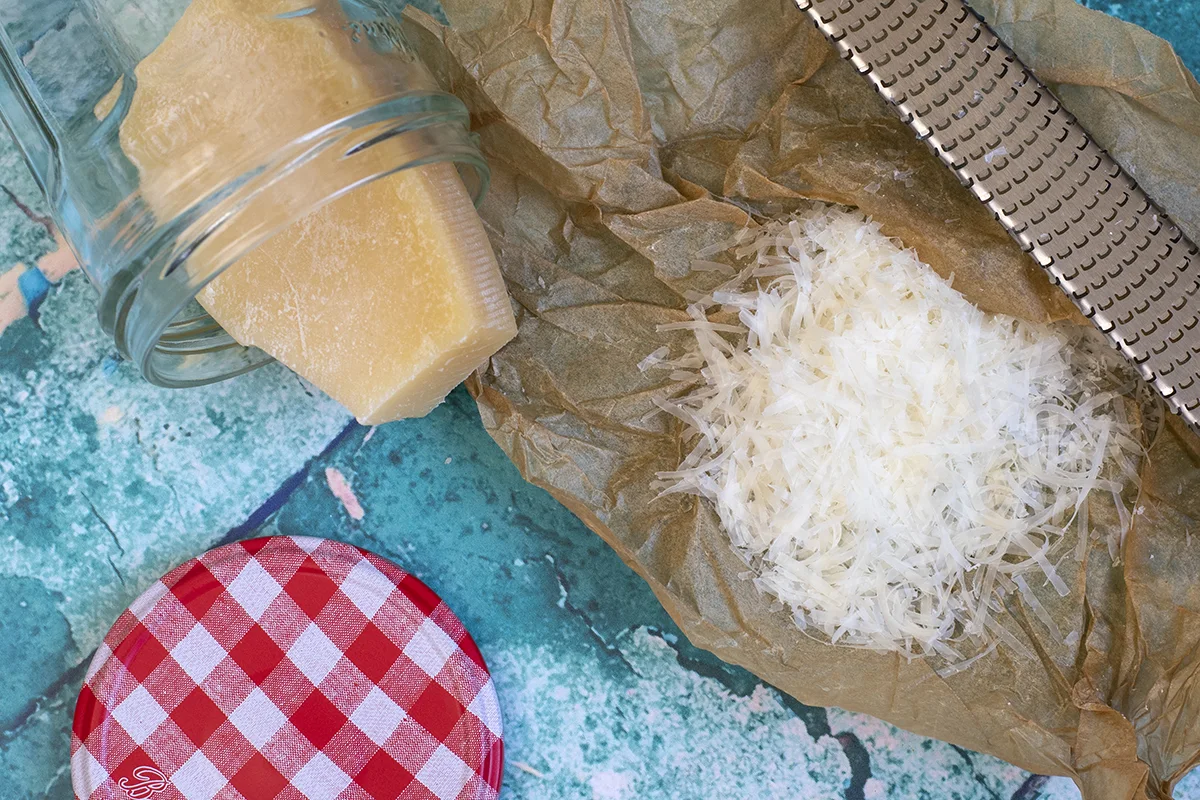
If you’ve grated more than what fits comfortably on your pizza, know that grated Parmesan cheese can be frozen. The texture will change slightly, though it will still be quite enjoyable. You can even add it frozen to any meal that is ready to bake, no thawing required.
However, you should never freeze chunks of Parmesan whole because it will lose its crumbliness and become difficult to grate.
For other hard cheeses, once you open the vacuum seal, you should wrap them in cheese paper, or wrap them in parchment and store them in an airtight container such as a storage container or zip-top bag. Cheese needs to breathe. One of the worst things you can do is wrap it in plastic wrap.
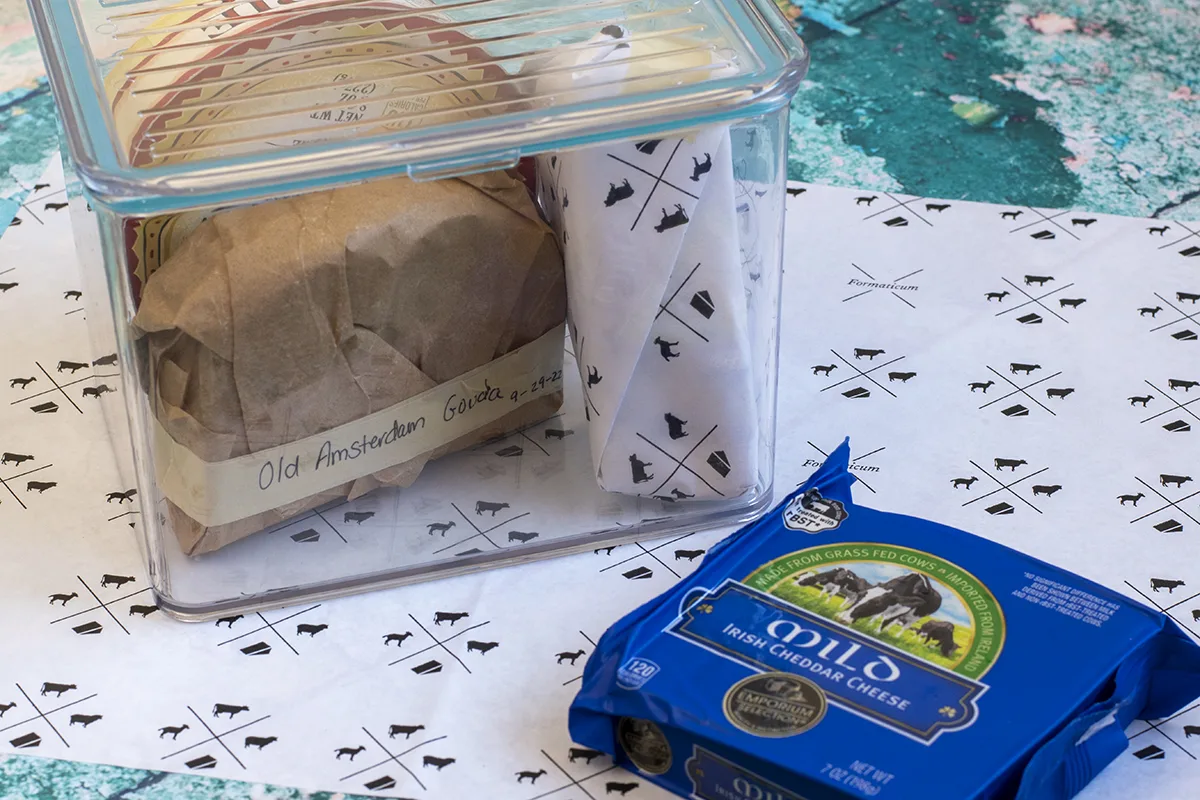
When it smells like the end is coming near, put a plate of mac and cheese on the menu, or whip up an easy cheese quiche.
Storing Semihard to Semisoft Cheeses
Just like with hard cheese, these slightly softer cheeses, such as young cheddars, Swiss, Gruyère and Gouda, are best stored in their original packing. As soon as you open them up, they should be eaten within a couple of weeks. Wrap any leftover cheese in parchment paper and store it inside a Ziploc bag in the fridge, so the air in the bag can circulate without the cheese drying out.
Storing cheese in blocks is favorable to storing it in slices. In fact, slices should only be cut as you are ready to cook with or eat them.
Storing Soft Cheeses
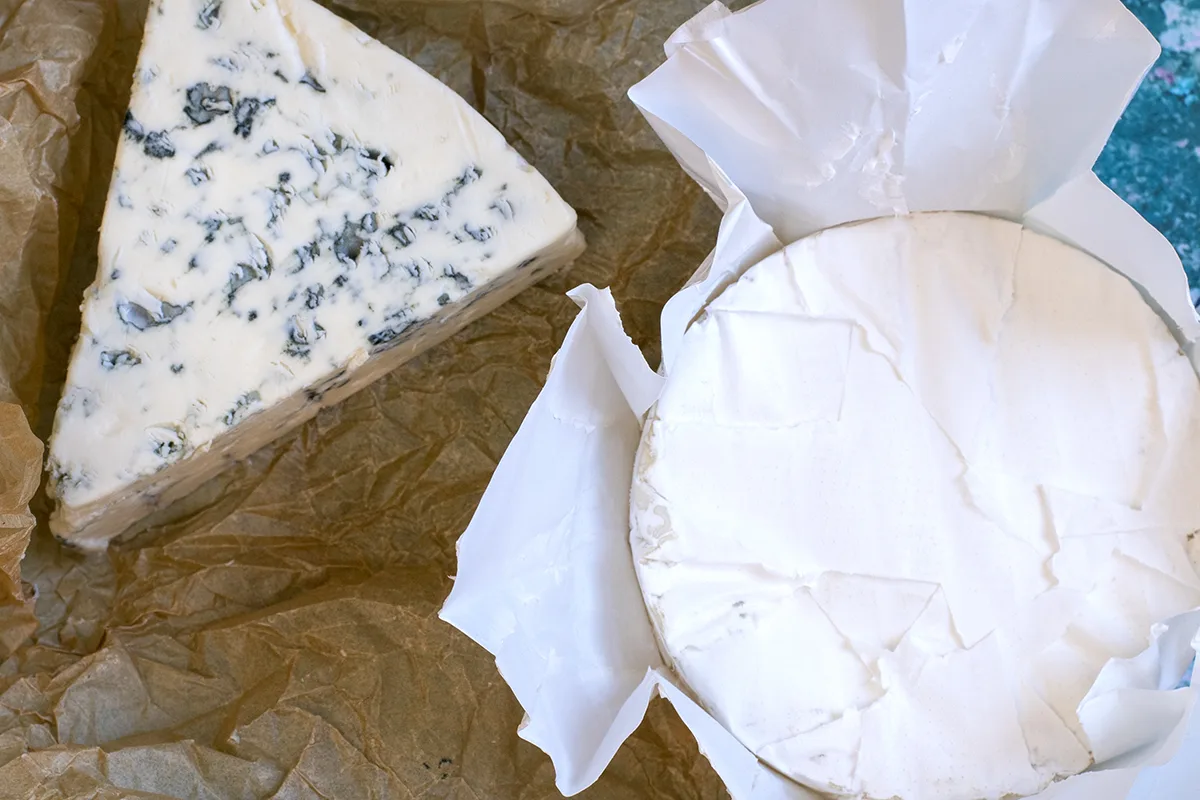
Soft cheeses have a much shorter shelf-life of just 1-2 weeks due to their high moisture content. Remember, it’s moisture that spoils foods quickly, but bacteria have a bad reputation too.
Store soft cheese in its original packaging until you are ready to eat it. It’s best to buy soft cheese right before consuming them. Any leftovers should be stored in a jar with a tight-fitting lid and should be consumed within a matter of days.
Freezing Cheese For Long-Term Storage
Most soft cheeses can’t be frozen, or rather, shouldn’t be frozen. They will suffer a disappointing loss in texture, becoming crumbly and losing their flavor. However, if it’s a matter of letting it go moldy, or trying to save it, go ahead and toss it in the freezer to prevent food waste. When you have a chance to eat it, try to fold it into something like lasagna, where it can blend into the other ingredients.
While the nutritional value of frozen cheese won’t change, the texture will and sometimes the flavor can be affected.
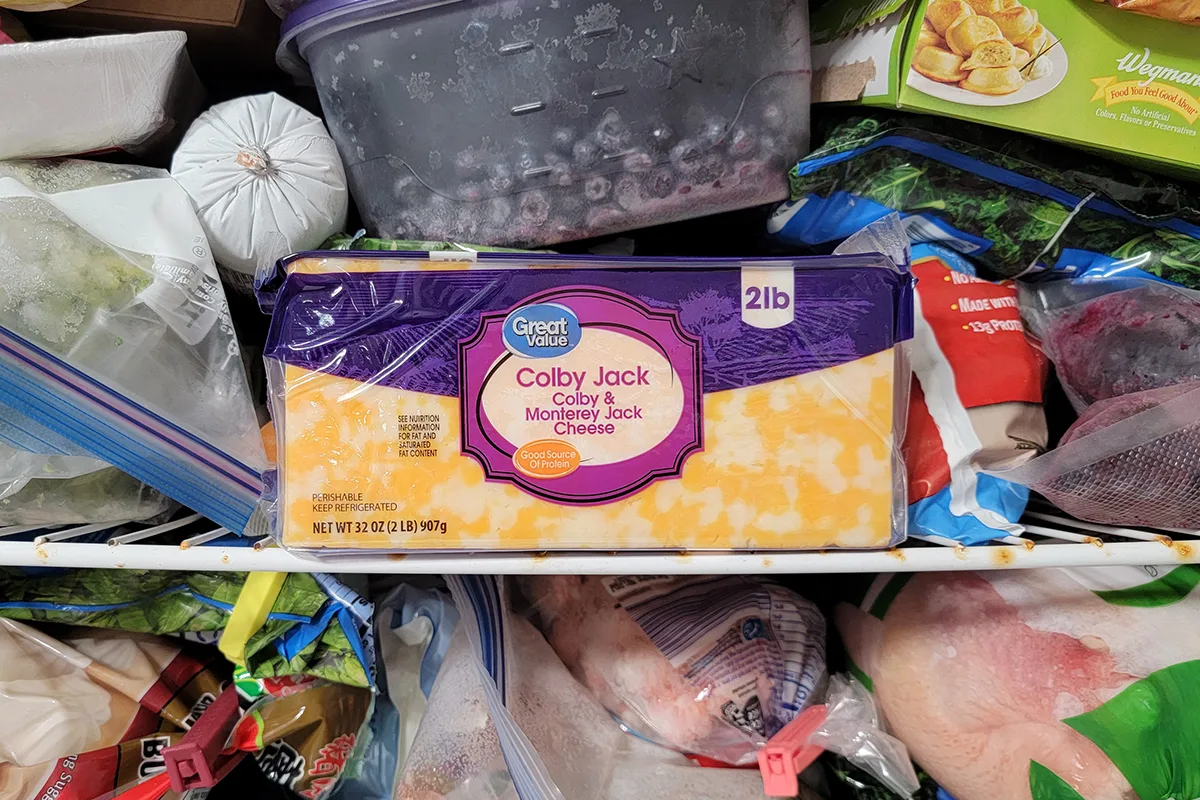
If you choose to go the long-term freezing route, you’ll quickly find that frozen cheese really doesn’t melt very well. Previously frozen cheese is best used in recipes that are either baked or cooked.
Quick Tips For Freezing Cheese
- When freezing cheese, be sure to wrap it tightly in a way that air can’t directly touch it, lest freezer burn ruin the show.
- The best way to freeze cheese is to cut blocks into amounts that you’d use in one week. If a brick of Colby cheese normally lasts a month, cut it into four sections and wrap them individually. Thaw a smaller brick in the fridge when you are ready.
- Whole blocks of cheese can also be stored in their original packing. To defrost it, simply let it sit overnight in the refrigerator.
- Shredded cheese is another easy way to store it in a freezer bag, or jar. Slices of cheese should be separated by a piece of parchment paper to prevent them from sticking together, then placed in a freezer bag, or box.
- Hard cheeses can be frozen for up to 9 months. Allow less time for semihard and semisoft cheeses to chill before eating, about 3 to 6 months.
Best Cheeses For Freezing
- Cheddar
- Colby
- Edam
- Gouda
- Monterey Jack
- Mozzarella
- Parmesan
- Provolone
- Swiss
Cheeses that don’t freeze well and are best eaten fresh are Blue, Brie, Camembert, Cottage, Feta, Goat and Ricotta.
Cheese thawing tip: frozen chunks can go directly into soups, stews and casseroles. Otherwise, thaw frozen cheese slowly in the refrigerator overnight.
Vacuum-Sealing Cheese
The long-term storage of cheese is all about the balance of moisture and air. Excess moisture welcomes mold, whereas air dries out the cheese.
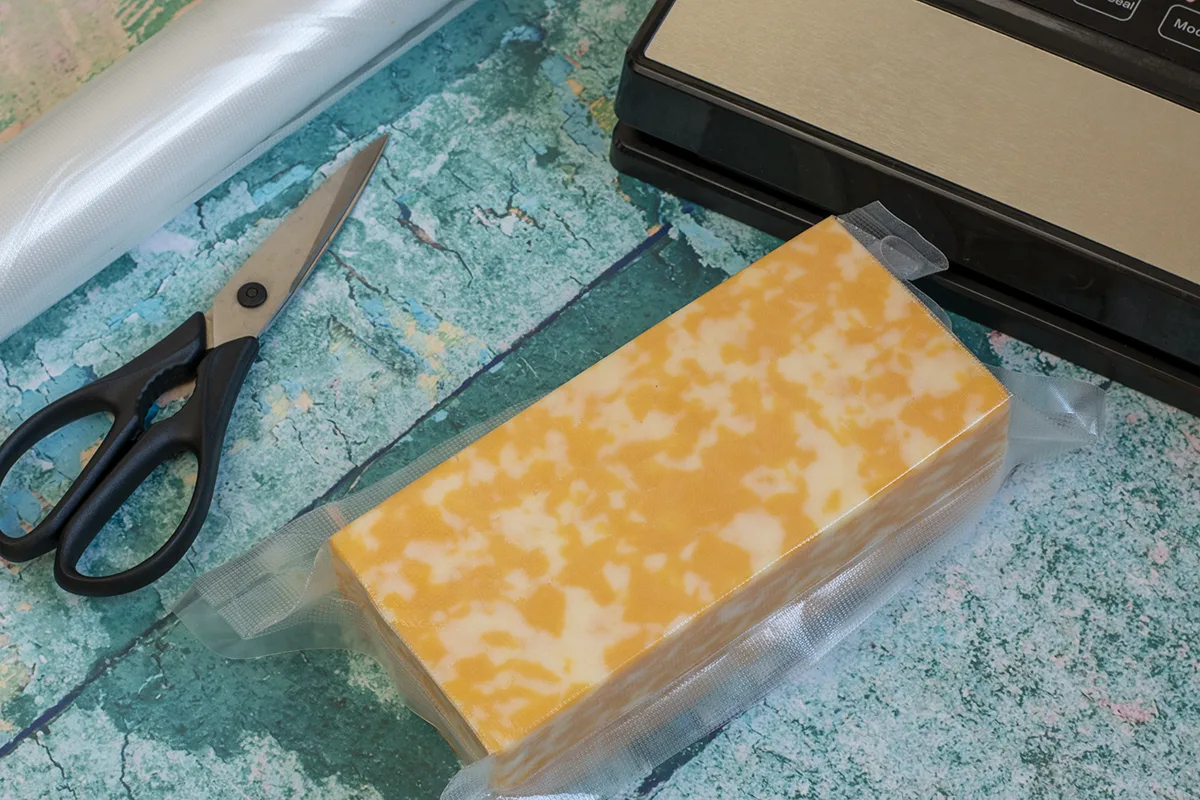
This, combined with not buying too much at once, ensures you get to enjoy your cheese when you are ready to eat it. Just remember, soft cheeses need to be consumed right away; harder cheeses are the ones you can preserve for longer.
Vacuum-sealing cheese is a way that keeps both moisture and air from reaching the prize inside. However, you need to observe the fact that cheese is a living, breathing organism.
That being said, vacuum sealing your cheese still works for a certain amount of time. It’s recommended that you wrap the cheese in parchment or wax paper first, then seal it. If you’ve grated the cheese, use the gentle setting, so it doesn’t turn into a clump. This will keep your cheese fresh for a few months in the fridge.
Dehydrating Cheese
If you find yourself taking on some prepping tendencies, you’ll want to read all about the 25 longest-lasting foods to store in your pantry. Then go ahead and stock up on them.
At the same time, consider dehydrating cheese. It’s always a good idea to have some extra food laying around, food that doesn’t even need to be heated to be enjoyed.
Why dehydrate cheese? First of all, it may help you cut down on food waste, especially if you bought too much. Secondly, dehydrated cheese is quite versatile. You can add it to salads, popcorn, pasta, burgers; the list goes on and on.
Homesteaders say that homemade cheeses taste best when dehydrated. Using Tracey’s mozzarella recipe, you may want to give it a try.
Home-dehydrated cheese will keep for about a month, while factory-made powdered cheese can last 1-2 years if unopened. It all depends on the quality and purity you are after.
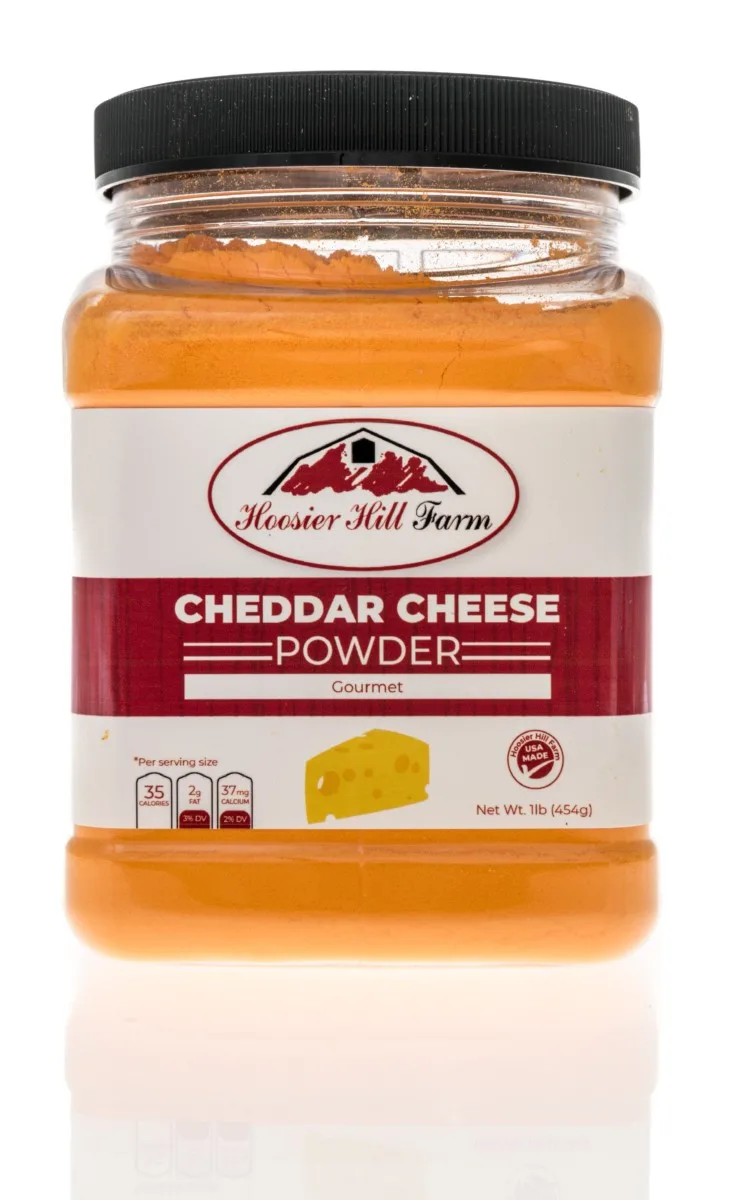
Check out the following articles for more in-depth information on dehydrating your cheese:
6 Steps Guide on Dehydrating Cheese at Home from Ultimate Food Preservation
How to Dehydrate Cheese for Long Term Storage from Joybilee Farm
Storing Waxed Cheeses
For the longest possible storage of cheese, even up to 25 years, it’s waxed cheese for the win. This assumes, however, that the cheese is kept in a cool location, such as a cellar. Not everyone has this, but I don’t think anyone would want to save cheese for that long anyway.
Keep in mind that humans started making cheese more than 7,000 years ago, long before refrigeration entered the scene. So, yes, it’s still possible to store unrefrigerated cheese; we just need to think outside the box (or fridge).

If you can afford it, splurge on your love for cheese and purchase an entire cheese wheel. As mentioned above, harder cheeses are best for long-term storage, so you might want to go with a Pecorino or Parmesan cheese wheel for the tastiest results. If a 60-pound cheese wheel is too much, go smaller with a 14-pounder or even smaller at just 2 pounds.
Once you cut into the cheese, it can be resealed with wax to prevent it from getting moldy. And the storage can continue.
Preppers have been onto this for a while now, and they will be able to answer your questions:
Cheese Wax Will Save Us All from Preparedness Pro
A giant waxed cheese wheel is the apocalypse prep you didn’t know you needed from The Prepared
Cheesy Questions
We often buy a couple of wheels of Pecorino cheese each winter and keep them in an unheated room. They survive the winter quite well with flavor and texture intact. Once the temperatures heat up in summer, the cheese that is cut into will ooze oils and dry out at the same time, but rarely does mold set in.
Drier, aged cheeses really are what you should be looking at in terms of storing cheese for longer.
But from one cheese-lover to another, it’s best to have a little bit of all kinds, from creamy Camembert to melty Fontina Val d’Aosta to the hardest Parmesan.
Is it okay to eat cheese past the expiration date?
I’ve accidentally picked up moldy store-bought yogurt well before the expiration date, and I’ve eaten meat well beyond the date on the package, so I personally take printed dates as a guideline. It all depends on how they were transported and stored.
In the case of knowing whether cheese is still safe to eat, always use your intuition and sense of smell. On a semi-hard to hard cheese, it’s perfectly acceptable to cut off the mold and continue eating the rest, so long as it still tastes and smells as it should.
Pasteurized, soft cheeses go bad quickly; you’ll want to be more cautious with those. If it tastes off, onto the compost it goes.
How long is cheese safe out of the fridge?
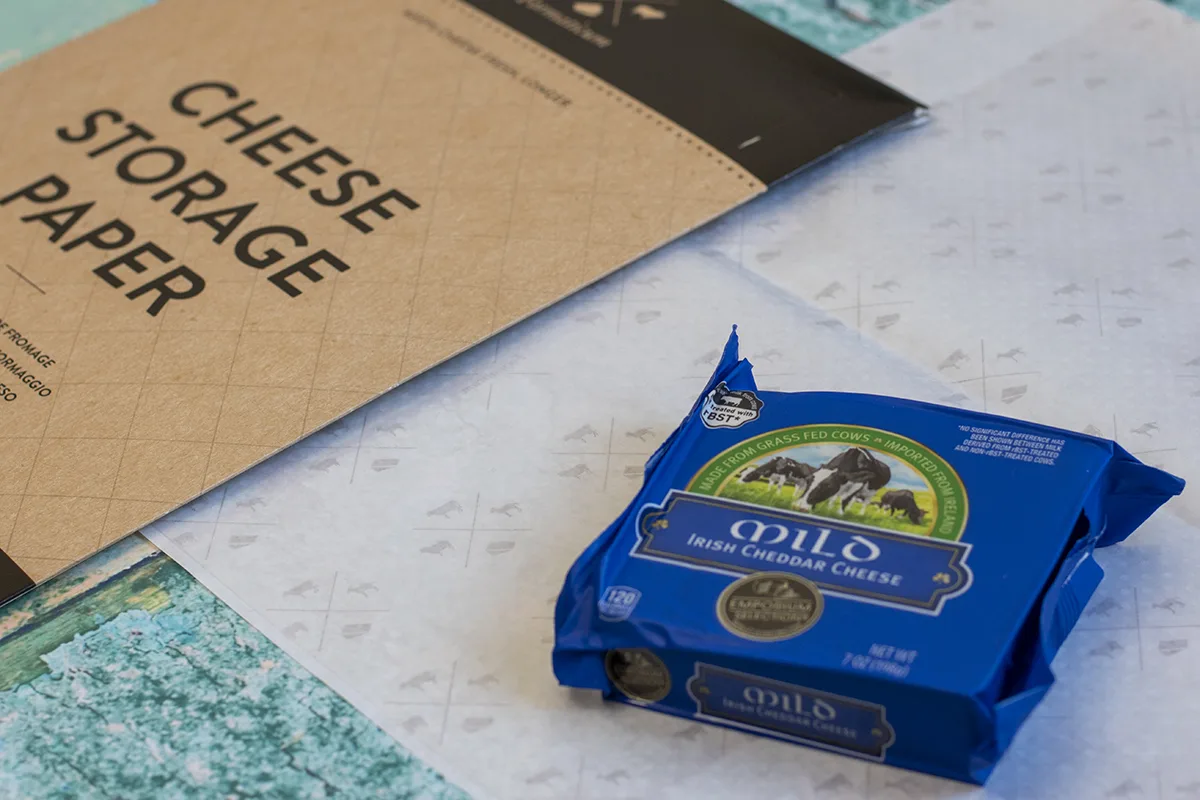
This is highly dependent on what kind of cheese you are getting ready to eat.
Soft cheeses shouldn’t sit out for more than a couple of hours.
Harder cheeses could sit out for several hours without losing in quality.
What you want to watch out for is how much surface area is exposed to the air. If you are going to leave the cheese out, keep it in a brick, only cutting slices right before eating. Same with grated cheese, only grate it as you need it; otherwise, keep it in the fridge in an air-tight container.
Now that you are hankering for some cheese, it’s time to go shopping for your favorites, possibly some new flavors too.
Cheese for thought: don’t forget to deep-fry a mouthwatering batch of cheese curds the next time you find them on sale. They are amazing!

Get the famous Rural Sprout newsletter delivered to your inbox.
Including Sunday ramblings from our editor, Tracey, as well as “What’s Up Wednesday” our roundup of what’s in season and new article updates and alerts.


